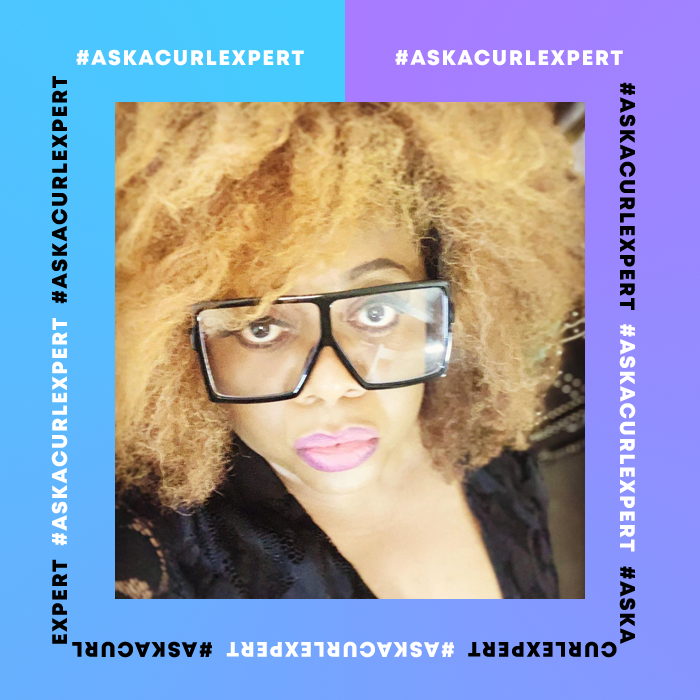
Coloring your curls has always been a fun and playful way to get creative with your hair style. Whether you’re a color savant or a newbie with virgin hair, there are always best practices to remember before you grab a box of dye or go visit a stylist. That’s exactly why we turned to color expert Robin Groover to get us all the details on what hair color trends will be popular this year, how to avoid damaging our curls, and protein treatments. Robin is the owner of the Too Groovy Salon in Atlanta which focuses on health hair care practices for every client regardless of the type of service they are performing. Robin is here to give us the 411 on the benefits, pros, cons, and most importantly best practices for coloring our curls this season!
What inspired your passion to build your expertise as a colorist?
The Arts, Sciences & Commerce of Healthy Hair was my roadmap to beautiful hair color. Mastery evolves in incremental phases of expertise as a colorist. The desire to have predictable outcomes with color prayer and minimum strand damage encourages one to study the science and mathematics of hair color. My career spans over 3 decades, it took about 10 years before I became serious about hair color. There were serious hair challenges and damage because of the high lift color category that I would not compromise or risk.
Double-processed chemicals, natural textures and curly coils are not good at masking hair color vs mastering hair color. Time always tells the amount of nutrients, moisture and strength depleted. My passion to build an expertise is beautiful, healthy color-treated hair without compromising length, texture, type or condition. I wanted it all, shine, balanced hues and strands that could thrive not just survive hair color services.
Can you share your favorite celebrity looks that you colored and explain the coloring technique?
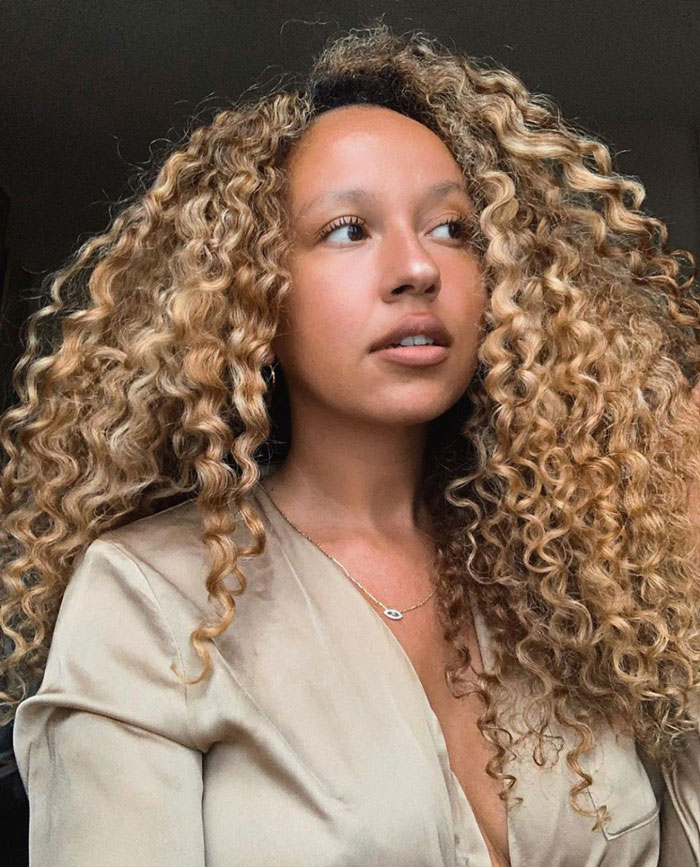
Photo Credit
The beige blonde highlights and with taupe and chocolate lowlights are neutral tones with classic drama vibes. The face framing placement with smudging techniques give a fresh blend that is seamless and natural looking. The key to natural looking hair color is complimenting the undertones of the skin. Utilizing steam therapy and 20 volume peroxide keeps the strands hydrated and lush.
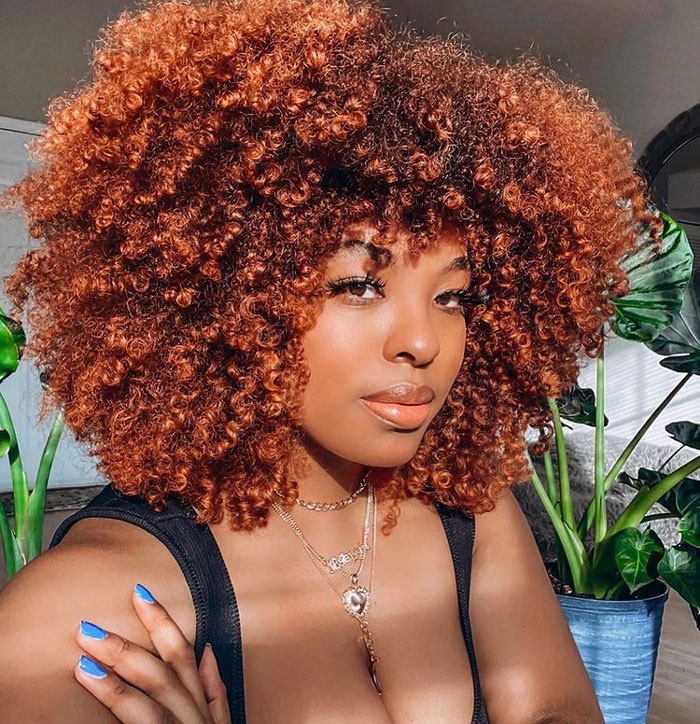
Photo Credit
Ginger darling is the best of all color worlds. The deep copper tones are achieved with minimum resistance because the natural red melanin in darker hair provides a natural vibrancy and tonality. The secret to great coppers is a blend of permanent color for lightening and depositing color with a demi permanent glaze on top for extra sheen. The color category keeps the curly coils poppin because the cuticle layer isn’t compromised. Never bleach the hair to a light color and then make it darker, it alters the authentic health and beauty of the hair strand.
What is your approach to coloring hair and what are some lessons you’ve learned through that process?
My approach to hair color is rooted in a color evolution vs revolution. I prefer oh wow her hair is pretty vs Anne got her hair colored. Less is more when preventing long term results. Never compromise health for color. Try extensions for experimenting.
- Corrective color services are extreme, be confident when choosing your desired color.
- 40 volume peroxide + bleach + heat, can cause hair loss.
- Demi-permanent color to add depth and shine are a healthy choice.
- Blondes have more fun when the hair is hydrated.
- Dark hair color reflects light giving a shiny reflection, lighter hair color absorbs light with less shine reflection.
- Some powder color mixed with just water can dry the hair out because of the high pH, including henna.
Can you break down the most common coloring practices that are popular today and what effect they can have on your curl pattern/texture?
The popular colors today range from platinum blondes to onyx black. The key is how close you naturally are to your desired color. Curly girls have discovered safety in temporary color paste that rinses out. Curl patterns and textures are altered by formulas that are too strong, left on too long and /or done too frequently. The key is understanding that taking away natural color will take away strength and moisture. The lighter the hair is from its natural color the more permanent changes will happen. Curly coils will transform into waves. Leave the hairline as natural as possible because it’s fragile.
What hair color techniques or trends do you think will be popular in 2022?
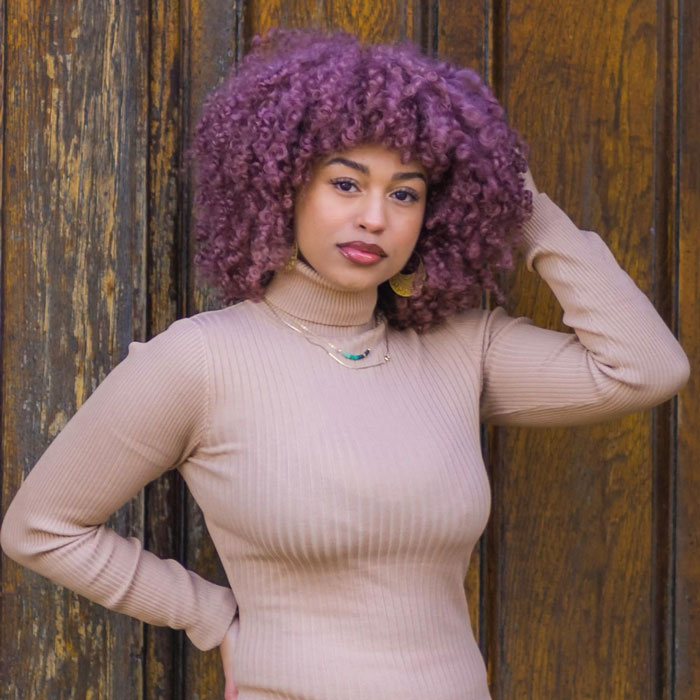
Photo Credit
Pastels are back strong in 2022. The color of the year is lilac and it is popping up spring straight off the runway.
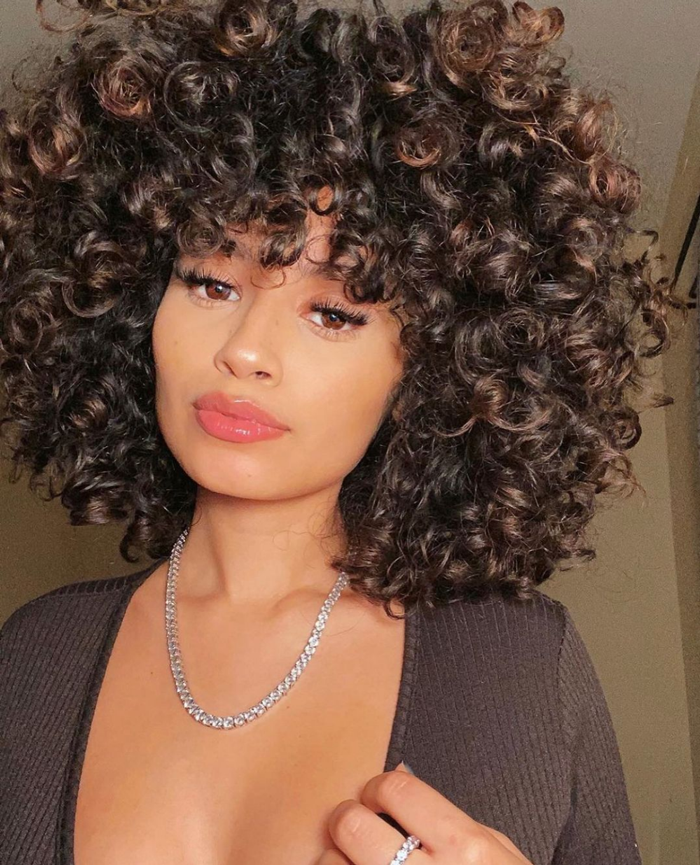
Photo credit
Honey blondes and chocolate brunettes with pops of warm tones balanced on deep cool hues. Red Orange vibrant hues, intense and fiery.
What are your hair coloring prep tips for first time naturalistas looking to add some color to their curls?
My top 3 tips when naturalistas are looking to add color!!!!
1. Choose wisely by considering your hair goals. Length retention and lifting the hair 4 levels or more will stagnate adding inches by retaining the ends. Frequent trims are required.
2. Choose a colorist that specializes in healthy hair color, she or he is not afraid to tell you no or not right now. Get referrals and before and after shots as well as where are they now?
3. Always do a strand test with a consultation before booking the color service. Play with faux options if unsure about committing to a new hair color.
For naturalistas looking to go blonde, what are some considerations they should keep in mind before going lighter?
Naturalistas with medium to light brown hair will transform with less damage. The neutral and cooler undertones are less likely to pull red or brassy hues. Darker hair has a higher percentage of red, therefore creating an intense gold/orange before getting to yellow. Expert toning methods are necessary in this case. The longer color is left on the hair the weaker the strand becomes.
How do you differentiate between breakage and new growth if you have experienced hair damage as a result of excessive coloring?
Hair damage as a result of excessive coloring needs lots of moisture and a sealant like Olive Miracle 7-in-1 Leave In Moisture Restore Curl refresher and sealed with the Olive Miracle Anti-breakage Oil for an extra layer of protection. Trim frequently in small increments until the textures and health is balanced and easy to manage.
Should you use protein treatments to help restore your hair health and what is the frequency?
The fortification process of weak strands compromised by hair color must be strengthened with protein treatments like Olive Miracle nAnti-Breakage Creme and Olive Miracle Leave In. It strengthens the strand and evens the porosity ensuring the elasticity doesn’t cause excessive breakage.
What is one hair coloring myth for natural hair that you can debunk?
The myth that natural hair is healthy and can take any type of color treatment. It is a long road to repair natural hair and a fast highway to damaging natural hair. Safety first.
